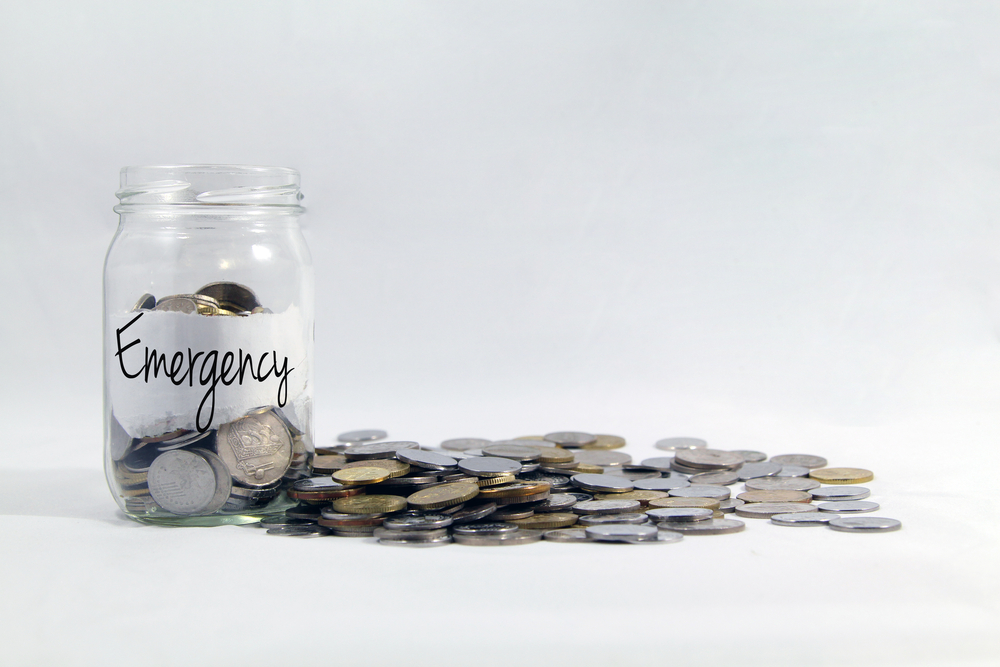
Emergency funds are a financial safety net. People need to save money because they may face unexpected expenses, such as job loss, medical bills, and car repairs. But just having an emergency fund isn’t enough. People create mistakes that damage their safety net even though they have positive intentions. The errors in these situations will transform a security initiative with good intentions into an unsuccessful attempt at actual security protection. Creating an emergency fund requires more than just saving money, as it also requires proper management to succeed. The goal is to select appropriate methods that will activate your backup system in the event of an emergency.
1. Underestimating True Needs
Many people choose a round number for their emergency fund, such as $1,000 or one month’s expenses, without actually calculating what they’d need to weather a real storm. The result? Their emergency fund falls short when it counts. To avoid this, add up your actual monthly expenses—think rent, groceries, insurance, and minimum debt payments. Multiply by three to six months. That’s a more realistic target for your emergency fund, and it’s the foundation of a strong financial plan.
2. Keeping Emergency Funds Too Accessible
It’s tempting to leave your emergency fund in your regular checking account for easy access. But that convenience can backfire. When your emergency fund sits next to your spending money, it’s easier to dip into it for non-emergencies—a sale, a vacation, or an impulse buy. Instead, keep your emergency fund in a separate high-yield savings account. This keeps temptation at bay while still letting you access the money quickly if you really need it.
3. Investing Emergency Money in the Market
Some people want their emergency fund to “work harder,” so they put it in stocks, mutual funds, or other risky investments. But the market can drop just when you need cash the most. The point of an emergency fund is safety, not growth. Keep your emergency fund in a stable, liquid account like a savings or money market account. If you want to invest, do it with money you don’t need for emergencies.
4. Using Credit Cards as a Backup
It’s easy to think of credit cards as a substitute for an emergency fund. After all, they’re always available, right? But relying on credit means you’re adding debt at the worst possible time—when you’re already facing a crisis. Interest charges can pile up quickly, making your financial situation even tougher. For true peace of mind, a real emergency fund beats a credit card safety net every time.
5. Forgetting to Replenish After Use
Emergency funds are intended for use when needed. But after a big expense, many people forget to rebuild the fund. If you spend $1,500 on a car repair, make a plan to replace those funds as soon as possible. Set up automatic transfers or budget for larger contributions until your emergency fund is back to its target size. This keeps you prepared for whatever comes next.
6. Not Adjusting for Life Changes
Life is always changing—new jobs, kids, homes, or even a pandemic. But many people set and forget their emergency fund amount. If your expenses go up, your emergency fund should grow too. Check in at least once a year, or after major life events, to make sure your emergency fund still fits your needs. Adjust as necessary so you’re not caught off guard.
7. Using Emergency Funds for Non-Emergencies
It’s easy to rationalize dipping into your emergency fund for things that aren’t true emergencies. A last-minute getaway, a big holiday gift, or a new gadget might feel urgent, but they don’t count. Reserve your emergency fund for real, unavoidable expenses—like job loss, medical bills, or urgent repairs. For everything else, plan ahead and save separately.
8. Ignoring Inflation and Rising Costs
Over time, the cost of living goes up. If your emergency fund stays the same size for years, its buying power shrinks. Review your fund regularly and increase it as needed to keep pace with inflation. Consider using a high-yield savings account to help your emergency fund grow a bit faster and offset rising costs. This small step can make a big difference when you need it most.
9. Not Communicating With Family or Partners
If you share finances, everyone involved should know the plan for your emergency fund. Too often, one person assumes the other knows what constitutes an emergency or where to find the necessary funds. Establish clear rules regarding when and how to utilize the emergency fund, and ensure that everyone has access to it if needed. This avoids confusion and ensures your financial safety net is truly ready.
Building a Smarter Emergency Fund
Emergency funds serve as essential financial tools, but their effectiveness depends on correct management strategies that avoid typical errors. The establishment of proper targets combined with money access control will help you create an effective emergency fund that supports financial stability and requires periodic plan assessments during life transitions. Take the time to perfect your approach because it will bring you genuine peace of mind.
What stands as your most difficult experience when managing your emergency fund? Share your story in the comments!
What to Read Next…
- What Happens When A Medical Emergency Outpaces Your Emergency Fund
- 5 Emergency Repairs That Could Force You Into Debt Overnight
- Why Some People Feel Rich But Can’t Afford A $400 Emergency
- Are These 6 Helpful Budget Tips Actually Ruining Your Finances
- 6 Money Habits That Backfire After You Turn 60
The post 9 Ways People Screw Up Emergency Funds — Even When They Have Good Intentions appeared first on The Free Financial Advisor.







